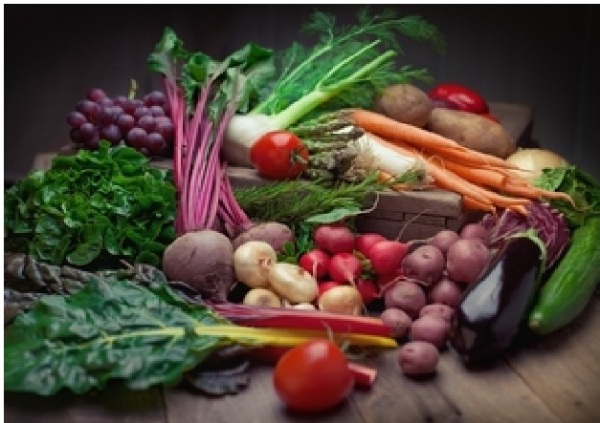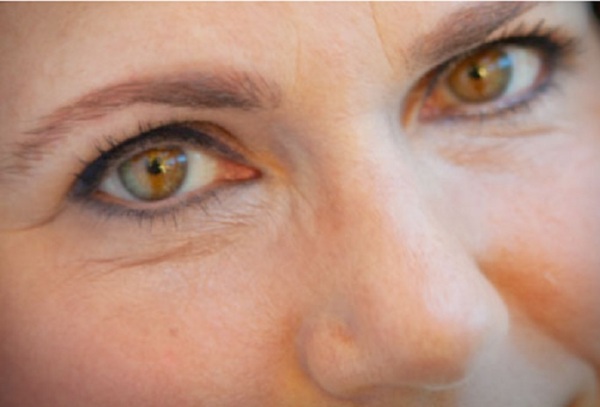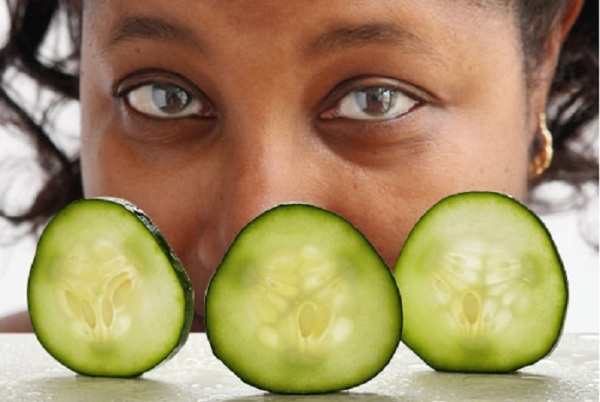
Overview
The aim: Depends, but may include weight loss, heart health and diabetes prevention or control.
The claim: Going vegan could help shed pounds and fend off chronic diseases.
The theory: You can cook up a perfectly healthy, meat- and dairy-free menu that supports weight loss and reduces the risk of heart disease, diabetes and cancer.
How does Vegan Diet work?
While vegetarians eliminate meat, fish and poultry, vegans take it a step further,excluding all animal products – even dairy and eggs. (Vegans are often animal rights activists who don’t believe in using animal products for any purpose.)
So say goodbye to refried beans with lard, margarine made with whey and anything with gelatin, which comes from animal bones and hooves, too. Fruits, vegetables, leafy greens, whole grains, nuts, seeds and legumes will be your staples.
Say Goodbye to Animal Products too.

Exactly how you shape your diet each day is up to you, but you’ll typically aim for six servings of grains, likely from bread and calcium-fortified cereal; five servings of legumes, nuts and other types of protein, such as peanut butter, chickpeas, tofu, potatoes and soy milk; and four daily servings of veggies, two servings of fruit and two servings of healthy fats, such as sesame oil, avocado and coconut, according to an American Dietetic Association guide. There’s also no need to give up dessert: Vegans can eat baked goods (cupcakes and cobbler, for example) made without butter, eggs or albumin.
How much does it cost?
It’s moderately pricey. Fruits, vegetables and soy products – which should be filling your cart if you’re doing it right – are generally more expensive than heavily processed foods like white bread, sugary cereals and sweets. But bypassing the butcher will help keep the tab reasonable.
Will you lose weight?
Likely. Research shows vegans tend to eat fewer calories, weigh less and have a lower body mass index (a measure of body fat) than their meat-eating counterparts. If you’re doing it right – i.e., eating lots of fruits, veggies and whole grains – you’ll likely feel full on fewer calories than you’re allowed each day. With that “calorie deficit” and a little physical activity, you’re bound to shed pounds. How quickly and whether you keep them off is up to you.
Here’s what several key studies have to say about veganism:
- In one study, 99 participants with Type 2 diabetes followed either a vegan diet or a diet based on American Diabetes Association guidelines. After 22 weeks, the vegans lost an average of 13 pounds versus 9 in the ADA group, according to findings published in 2006 in Diabetes Care. If you’re overweight, losing just 5 to 10 percent of your current weight can help stave off some diseases.
In another study, published in the American Journal of Clinical Nutrition in 1999, researchers tracked 45 people: 20 meat-eaters and 25 vegans who’d been following the approach for an average of 12 years. Body mass index was appreciably lower among the vegans, nine of whom had a BMI of below 19, the researchers found; a BMI below 18.5 suggests a person is underweight.
More than 60 overweight, postmenopausal women were split into two groups: Half followed a vegan diet, and the other half followed a National Cholesterol Education Program diet (low in fat and dietary cholesterol). After a year, vegan dieters lost more weight than did the NCEP group: 10.8 pounds compared with 3.9 pounds. The pattern held up after two years, when the vegans still weighed 6.8 pounds less than they did when the study began, compared with 1.8 pounds for the NCEP group, according to findings published in 2007 in Obesity.
In a study published in 2014 in Nutrition, researchers followed a group of 50 overweight or obese adults for six months. They found that those on a vegan diet lost significantly more weight than those on other plans, including vegetarian, semivegetarian and omnivorous – by about 4.3 percent or an average of 16.5 pounds. The study authors suspect that’s because the vegan dieters were focusing on high-fiber foods, which help you feel full for longer, and their diets were low in fat and likely had fewer calories.

How easy is it to follow?
How difficult is the idea of a turkey-free Thanksgiving and morning cereal without the milk? Be mindful that healthy veganism requires planning, especially if you’re a newbie.
- Convenience: When you want to cook, there’s a recipe somewhere that’ll suit your taste buds. Still, veganism takes some work and creativity. It’s up to you to plan meals around plant protein rather than animal protein.
- Recipes: Limitless. Vegan magazines, books and websites abound, offering suggestions for every meal and cuisine.
- Eating out: Doable, but options may be limited. Garden vegetable soup and steamed veggies make good appetizers. Entree salads are your best bet, but don’t forget to hold the bacon bits, croutons and cheese. For dessert, go with fresh fruit.
- Alcohol: Only certain types of alcohol are vegan-friendly. Some wines, for example, are filtered through gelatin, egg whites and isinglass, made from fish bladders. Check which brands are OK on Barnivore, a guide to alcoholic beverages for vegans.
- Fullness: Nutrition experts emphasize the importance of satiety, the satisfied feeling that you’ve had enough. If you’ve built a healthful vegan diet around fiber-packed veggies, fruits and whole grains, you shouldn’t feel hungry between meals.
- Taste: You’re preparing the food – if it doesn’t taste good, you know who to blame. Try reinventing your favorites: Go for black-bean instead of steak burritos, or if chicken stir-fry is your thing, use tofu instead of poultry. And consider replacing turkey meatballs or the meat in spaghetti sauce with white beans. There are lots of dessert options, too, including raspberry lavender cupcakes, gingerbread pumpkin seed brittle, cherry-berry peanut butter cobbler and poppy seed scones. (Often, treats are made using nondairy milk, soy or coconut creamer, flaxseeds, chickpea flour, vegan cream cheese, and even vegan sprinkles.)
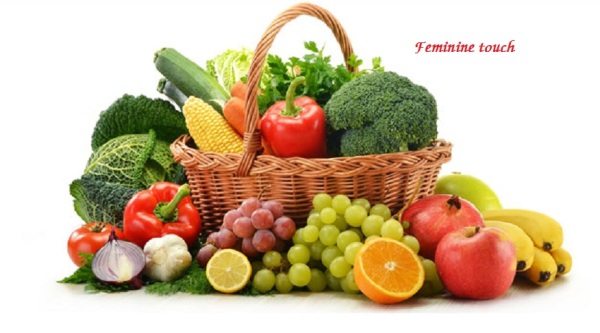
Health & Nutrition
Veganism can conform to a healthful eating plan, but it takes work, and the risk of insufficient amounts of key nutrients like calcium, vitamin D, vitamin B-12, zinc and iron is real. That worried experts a bit, but they still gave the diet a respectable score.
What is the role of exercise?
Veganism only has rules on what you can and cannot eat, but that doesn’t mean you shouldn’t exercise. No matter the diet, the more you move, the quicker you’ll see the pounds come off – and you’ll reduce your risk of developing diabetes, heart problems and other chronic diseases. Adults are generally encouraged to get at least 2 1/2 hours of moderate-intensity activity (like brisk walking) each week, along with a couple days of muscle-strengthening activities. The Centers for Disease Control and Prevention offers tips to get you started.

Vegan Diet Recipes
Sample Menu
Here’s a day of meals for a vegan on a 1,500-calorie diet, adapted from a sample menu published in the Vegetarian Journal.
Breakfast
Orange-vanilla smoothie
1 slice whole wheat toast with 2 tablespoons almond butter
Lunch
2 whole wheat tortillas with 1 cup kidney beans, 1/4 cup avocado and salsa, chopped tomatoes and lettuce as desired
Steamed kale with 1 teaspoon flax oil
1 cup calcium-fortified soymilk
Dinner
Tofu and snow pea stir-fry
1/2 cup brown rice
1/2 cup watermelon cubes
Snack
1 cup calcium-fortified soymilk
3/4 cup unsweetened breakfast cereal
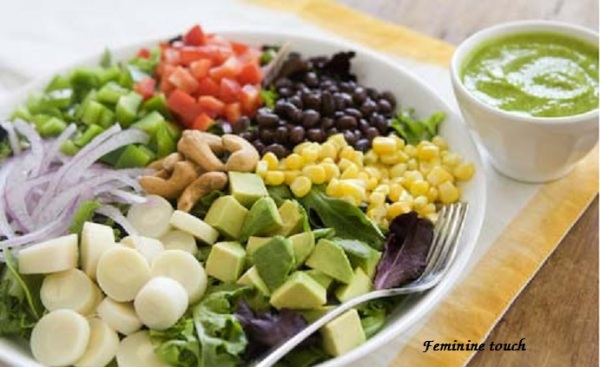
Are there health risks?
If you create a sensible plan, you should be safe. But if you have a health condition, check with your doctor before going vegan.
Vegans often don’t get enough calcium, which can cause weak bones that break easily, according to a study published in Pediatric Endocrinology, Diabetes and Metabolism in 2010. And in a 2009 report in the American Journal of Clinical Nutrition on the health effects of a vegan diet, researchers warned that vegans often don’t get enough vitamin D, vitamin B-12 and zinc. They’re also often low in the omega-3 fatty acids EPA and DHA, which are important for brain, eye and cardiovascular health. Supplements might be necessary.
A 2016 study by a Mayo Clinic review team found that some poorly planned vegan diets could lead to a deficiency of vitamin B-12, vitamin D, calcium, iron, protein and omega-3 fatty acids. A lack of some of these nutrients can have implications for bone strength, anemia, neurological disorders and other health problems. The clinic review team recommends that physicians observe their patients who eat vegan diets to makes sure they have adequate blood levels of calcium, ferritin, iron, vitamin B-12 and vitamin D.
Does it have cardiovascular benefits?
It could. An eating pattern heavy on fruits and veggies, but light on saturated fat and salt, is considered the best way to keep cholesterol and blood pressure in check and heart disease at bay.
• A 2016 study by researchers at the University of Florence in Italy found people who ate vegan and vegetarian diets showed a significant decrease in risk of heart disease and total cancer. The study found that people who ate vegan and vegetarian diets reduced their risk of ischemic heart disease by 25 percent, and people who consumed a vegan diet decreased their risk of total cancer by 15 percent.
• In a 12-year study that compared 6,000 vegetarians with 5,000 meat-eaters, researchers found that vegans had a 57-percent lower risk of ischemic heart disease than the meat-eaters.
• In the 2006 Diabetes Care study mentioned in the weight loss section, researchers concluded that vegan diets have a lipid- and cholesterol-lowering effect, likely because they eliminate dietary cholesterol (plant products are cholesterol-free) and are low in saturated fat.
• On your way to becoming vegan but can’t give up animal products cold turkey? Research finds those who simply eat a higher proportion of plant-based foods than animal-based foods have a 20-percent lower risk of dying from a cardiovascular disease, such as heart attack or stroke. But there’s evidence that taking it a step further and going all-in vegan may provide additional protection against high blood pressure and death related to cardiovascular disease.
Can it prevent or control diabetes?
It appears to be a good option for both.
Prevention: Being overweight is one of the biggest risk factors for Type 2 diabetes. If going meat-and-dairy-free helps you lose weight and keep it off, you’ll stand a better chance of staving off the disease. Some research has linked veganism with a lower diabetes risk.
Control: Vegan diets are healthful for people with diabetes, according to the American Diabetes Association. And because there are no rigid meal plans or prepackaged meals, you can ensure that what you’re eating doesn’t go against your doctor’s advice.
• In the 2006 Diabetes Care study mentioned above, which involved 99 people with Type 2 diabetes, both a vegan diet and an ADA-dietary guidelines diet improved control of blood sugar levels. However, the benefit was more profound in the vegan group. Researchers also found that vegan diets may have a beneficial effect on hemoglobin A1C levels, a measure of blood sugar over time. After 22 weeks, the vegans decreased their hemoglobin A1C levels by 0.96 percentage points, compared with 0.56 among the ADA dieters. And 43 percent of vegan dieters reduced the number of diabetes medications they were taking, while just 26 percent of the ADA group did.
Vegan Diet Do’s & Don’ts
Do: Have about six servings of grains a day. Whole-wheat bread, quinoa and calcium-fortified cereal are good sources.
Do: Have dessert.
But it needs to be made without butter, eggs or albumin. Tofu cheesecake is a popular choice
Don’t: Eat any animal products.
That even includes dairy, gelatin and eggs.
Reference: Mayo Clinic
